Yuefeng Xu
Leveraging Large Language Model to Generate a Novel Metaheuristic Algorithm with CRISPE Framework
Mar 25, 2024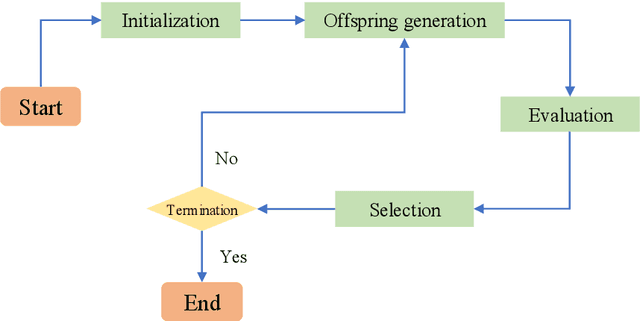
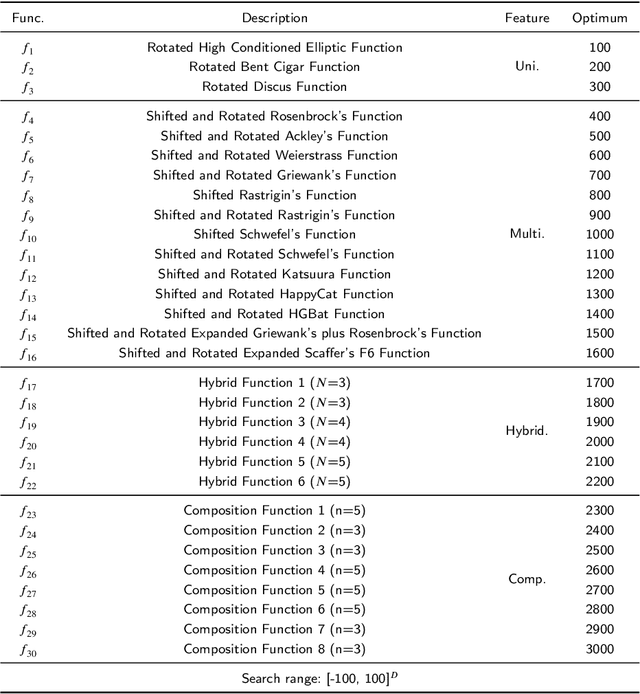

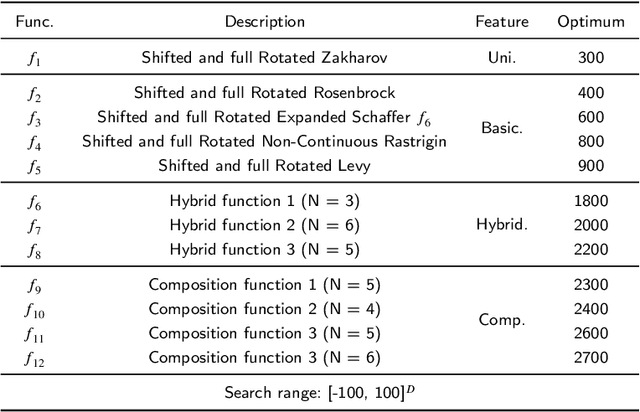
Abstract:In this paper, we borrow the large language model (LLM) ChatGPT-3.5 to automatically and quickly design a new metaheuristic algorithm (MA) with only a small amount of input. The novel animal-inspired MA named zoological search optimization (ZSO) draws inspiration from the collective behaviors of animals for solving continuous optimization problems. Specifically, the basic ZSO algorithm involves two search operators: the prey-predator interaction operator and the social flocking operator to balance exploration and exploitation well. Besides, the standard prompt engineering framework CRISPE (i.e., Capacity and Role, Insight, Statement, Personality, and Experiment) is responsible for the specific prompt design. Furthermore, we designed four variants of the ZSO algorithm with slight human-interacted adjustment. In numerical experiments, we comprehensively investigate the performance of ZSO-derived algorithms on CEC2014 benchmark functions, CEC2022 benchmark functions, and six engineering optimization problems. 20 popular and state-of-the-art MAs are employed as competitors. The experimental results and statistical analysis confirm the efficiency and effectiveness of ZSO-derived algorithms. At the end of this paper, we explore the prospects for the development of the metaheuristics community under the LLM era.
Efficient Multiplayer Battle Game Optimizer for Adversarial Robust Neural Architecture Search
Mar 15, 2024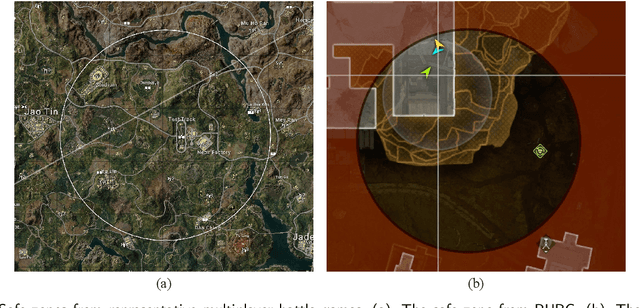
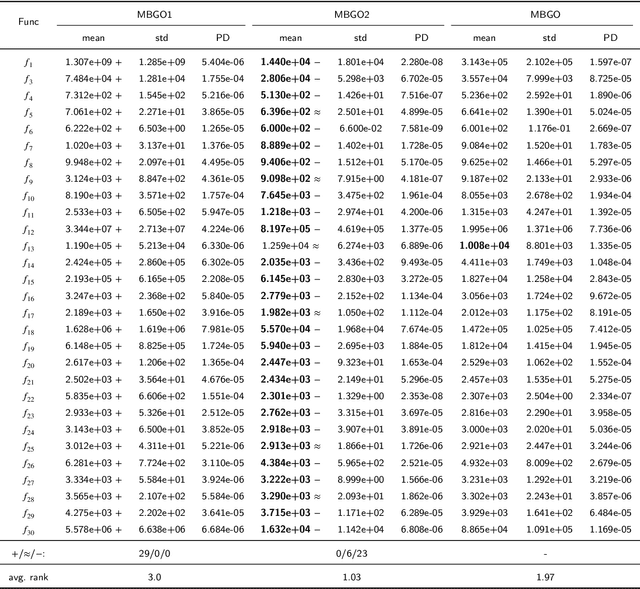
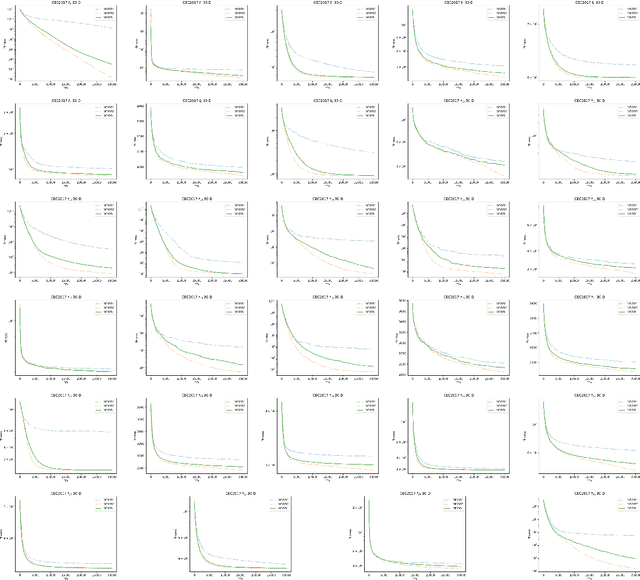
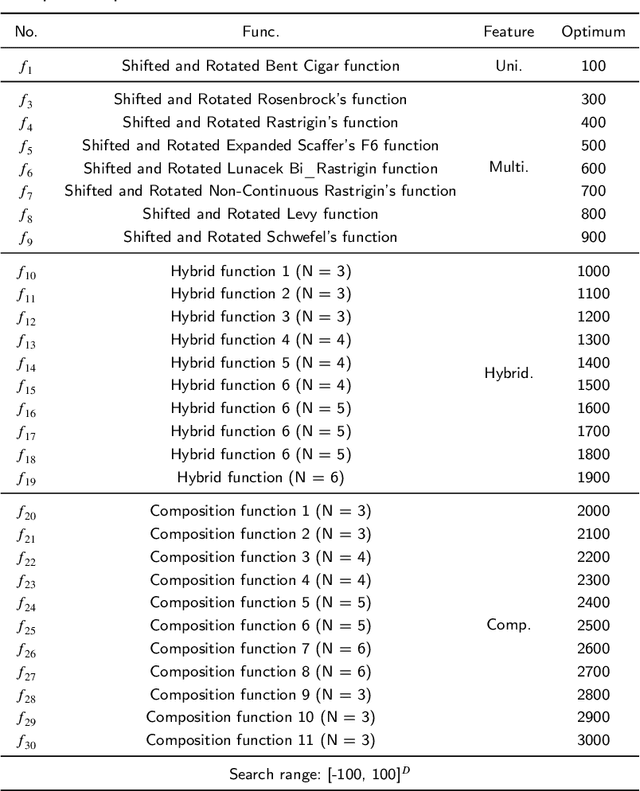
Abstract:This paper introduces a novel metaheuristic algorithm, known as the efficient multiplayer battle game optimizer (EMBGO), specifically designed for addressing complex numerical optimization tasks. The motivation behind this research stems from the need to rectify identified shortcomings in the original MBGO, particularly in search operators during the movement phase, as revealed through ablation experiments. EMBGO mitigates these limitations by integrating the movement and battle phases to simplify the original optimization framework and improve search efficiency. Besides, two efficient search operators: differential mutation and L\'evy flight are introduced to increase the diversity of the population. To evaluate the performance of EMBGO comprehensively and fairly, numerical experiments are conducted on benchmark functions such as CEC2017, CEC2020, and CEC2022, as well as engineering problems. Twelve well-established MA approaches serve as competitor algorithms for comparison. Furthermore, we apply the proposed EMBGO to the complex adversarial robust neural architecture search (ARNAS) tasks and explore its robustness and scalability. The experimental results and statistical analyses confirm the efficiency and effectiveness of EMBGO across various optimization tasks. As a potential optimization technique, EMBGO holds promise for diverse applications in real-world problems and deep learning scenarios. The source code of EMBGO is made available in \url{https://github.com/RuiZhong961230/EMBGO}.
Multiplayer Battle Game-Inspired Optimizer for Complex Optimization Problems
Dec 31, 2023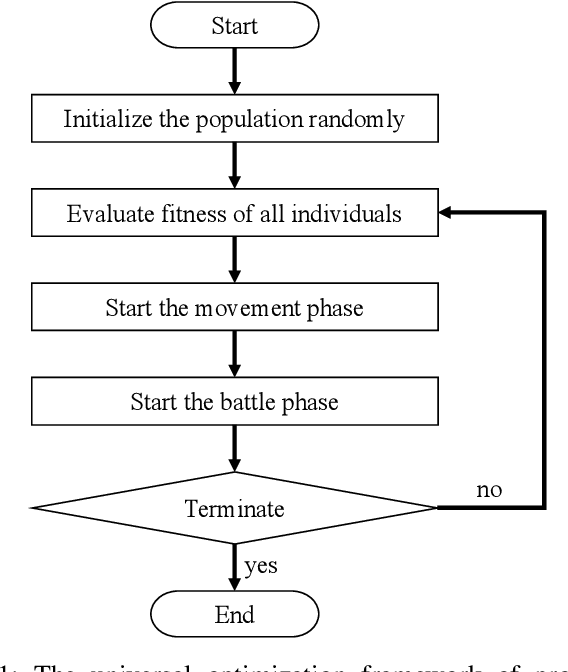
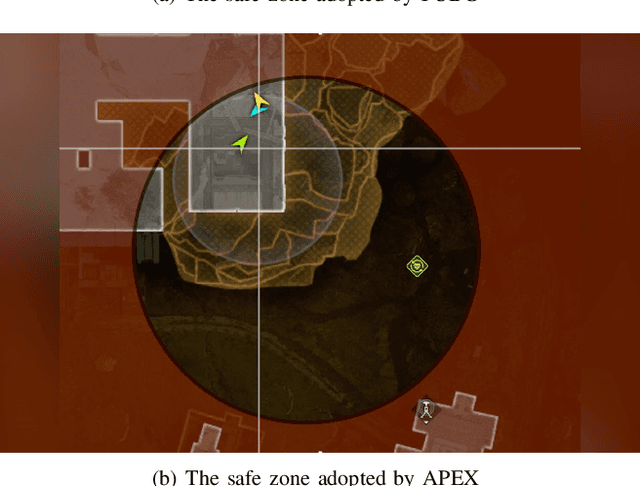
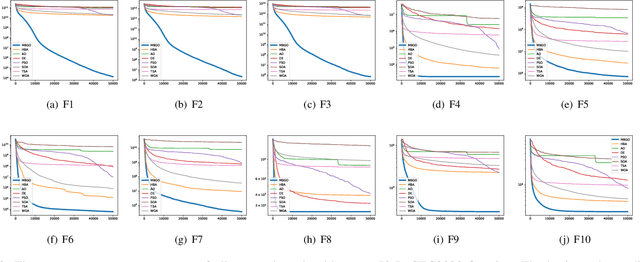
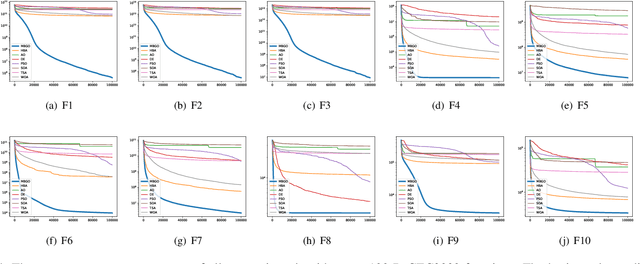
Abstract:Various popular multiplayer battle royale games share a lot of common elements. Drawing from our observations, we summarized these shared characteristics and subsequently proposed a novel heuristic algorithm named multiplayer battle game-inspired optimizer (MBGO). The proposed MBGO streamlines mainstream multiplayer battle royale games into two discrete phases: movement and battle. Specifically, the movement phase incorporates the principles of commonly encountered ``safe zones'' to incentivize participants to relocate to areas with a higher survival potential. The battle phase simulates a range of strategies adopted by players in various situations to enhance the diversity of the population. To evaluate and analyze the performance of the proposed MBGO, we executed it alongside eight other algorithms, including three classics and five latest ones, across multiple diverse dimensions within the CEC2017 and CEC2020 benchmark functions. In addition, we employed several industrial design problems to evaluate the scalability and practicality of the proposed MBGO. The results of the statistical analysis reveal that the novel MBGO demonstrates significant competitiveness, excelling not only in convergence speed, but also in achieving high levels of convergence accuracy across both benchmark functions and real-world problems.
 Add to Chrome
Add to Chrome Add to Firefox
Add to Firefox Add to Edge
Add to Edge